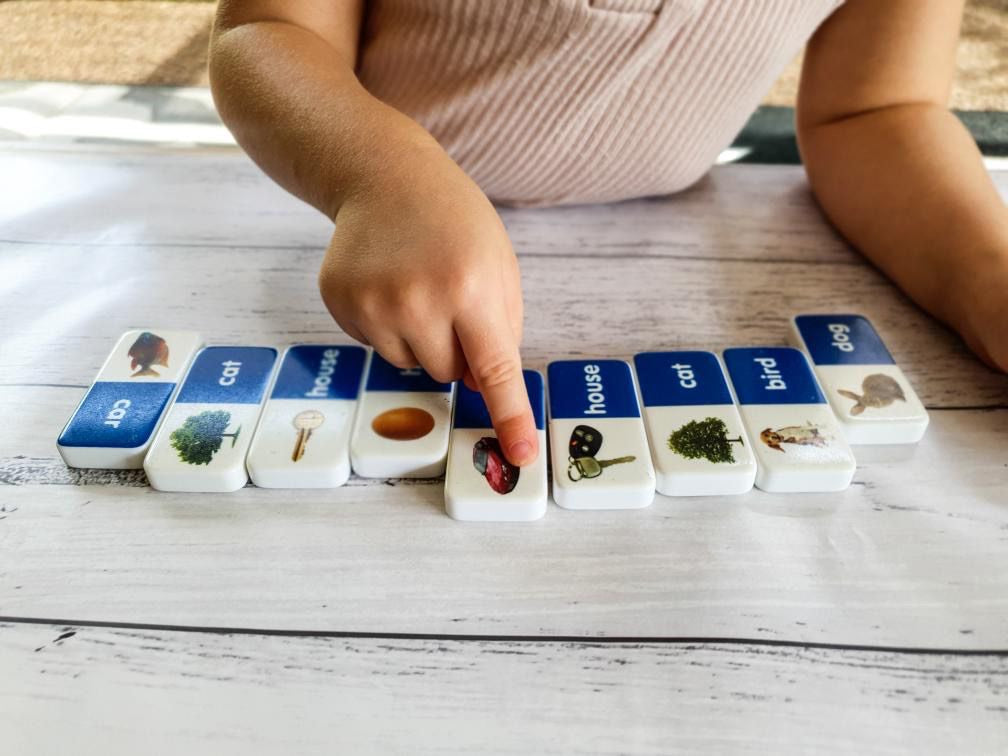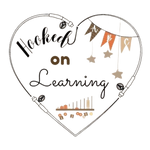
A Guide To Play Schemas - By Siobhan Gurdler
Have you heard the word Schema but don’t know what it means? Here I have put together some tips to help you identify the 9 different Schemas and what that might look like for you in your child’s play.
But firstly, let’s stop, look and listen. The behaviours that your child is showing. Could it be a schema?
For example, is your child constantly throwing toys on the floor or dropping food from the highchair? While this behaviour may be frustrating to some, if you look a little closer, could this be your child experimenting with the Trajectory Schema “Moving objects by throwing, dropping or rolling?” How can we support this type of schema?
Redirect the behaviour from throwing toys onto the floor to throwing bean bags into a hoop. Redirection helps children to understand what appropriate behaviour is and promotes learning and exploration.
Below I have listed the 9 different schemas and what type of play you are looking out for:
1. Trajectory

Often involves throwing, dropping, kicking and swinging items and can quite often become problematic. This schema involves throwing of toys, dropping food from highchairs, kicking objects (or sometimes even people).
2. Connection

Often involves connecting things together - such as connecting paper with sticky tape, magnetic tiles, Lego, train tracks. But this schematic play can also involve the connection and disconnection of things such as building a tower and knocking it down.
3. Rotating

Often involves spinning, twisting, turning, or rolling. Your child could sit and spin wheels on a bike, watch the washing machine spin, love using screwdrivers or physically spin around in circles until they make themselves dizzy.
4. Positioning

Often involves lining objects or positioning things in order – big to small, or by colours. You may also see some obsession over items being in a particular place or your child might like to tidy up!
5. Enclosing

Often involves making fences to enclose things, placing things or themselves into containers. Drawing circles around things or moving food to the edge of the plate.
6. Transporting

Often involves moving objects from one place to another. Using baskets, boxes, buckets or their hands. Do you often find toys in random places?
7. Enveloping

Often involves covering or hiding objects. Your child may hide in between small spaces such as behind furniture or shelves. They may also enjoy wrapping toys in paper or playing peek-a-boo.
8. Transforming

Often involves experimenting with the change of materials, such as mixing paint together, sand and water or by putting food in their water cup.
9. Orientation

Often involves hanging upside down and experimenting with different viewpoints. Your child might like to sit backwards on a bike, in the pram or on the supermarket trolley.
Hope this quick guide will help you to identify the schema your child/children are most interested in and equip you with information to introduce toys and activities that will extend their learning.
Blog by Siobhan @siobhan.and.isla

Leave a comment